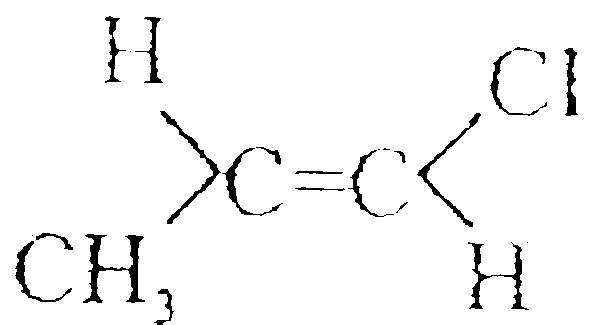Which of the following order of dipole moment is correct for these compounds ?
BF3>NF3>NH3
NF3>BF3>NH3
NH3>NF3>BF3.
NH3=NF3>BF3.
The correct Answer is:C
To determine the order of dipole moments for the compounds BF3, NF3, and NH3, we need to analyze the molecular geometry and the electronegativity of the atoms involved in each compound.
1. Analyze BF3 (Boron Trifluoride):
- Boron (B) has 3 valence electrons, and each Fluorine (F) has 7 valence electrons.
- In BF3, Boron forms three bonds with three Fluorine atoms, using all three of its valence electrons.
- The molecular geometry is trigonal planar with bond angles of 120°.
- The dipole moments of the B-F bonds point towards the Fluorine atoms. However, due to the symmetry of the trigonal planar shape, the dipole moments cancel each other out.
- Dipole Moment of BF3 = 0.
2. Analyze NF3 (Nitrogen Trifluoride):
- Nitrogen (N) has 5 valence electrons, and each Fluorine has 7 valence electrons.
- In NF3, Nitrogen forms three bonds with three Fluorine atoms, using three of its valence electrons, leaving one lone pair on Nitrogen.
- The molecular geometry is trigonal pyramidal due to the presence of the lone pair.
- The dipole moments of the N-F bonds point towards the Fluorine atoms, and the lone pair contributes to the net dipole moment.
- The dipole moment of NF3 is approximately 0.4 D (Debye).
3. Analyze NH3 (Ammonia):
- Nitrogen has 5 valence electrons, and each Hydrogen (H) has 1 valence electron.
- In NH3, Nitrogen forms three bonds with three Hydrogen atoms, using three of its valence electrons, leaving one lone pair on Nitrogen.
- The molecular geometry is also trigonal pyramidal.
- The dipole moments of the N-H bonds point towards the Nitrogen atom, and the lone pair also contributes to the net dipole moment.
- The dipole moment of NH3 is approximately 1.47 D.
Conclusion:
Now that we have the dipole moments for each compound:
- BF3: 0 D
- NF3: 0.4 D
- NH3: 1.47 D
Thus, the correct order of dipole moments is:
NH3 > NF3 > BF3.
- Boron (B) has 3 valence electrons, and each Fluorine (F) has 7 valence electrons.
- In BF3, Boron forms three bonds with three Fluorine atoms, using all three of its valence electrons.
- The molecular geometry is trigonal planar with bond angles of 120°.
- The dipole moments of the B-F bonds point towards the Fluorine atoms. However, due to the symmetry of the trigonal planar shape, the dipole moments cancel each other out.
- Dipole Moment of BF3 = 0.
- Nitrogen (N) has 5 valence electrons, and each Fluorine has 7 valence electrons.
- In NF3, Nitrogen forms three bonds with three Fluorine atoms, using three of its valence electrons, leaving one lone pair on Nitrogen.
- The molecular geometry is trigonal pyramidal due to the presence of the lone pair.
- The dipole moments of the N-F bonds point towards the Fluorine atoms, and the lone pair contributes to the net dipole moment.
- The dipole moment of NF3 is approximately 0.4 D (Debye).
- Nitrogen has 5 valence electrons, and each Hydrogen (H) has 1 valence electron.
- In NH3, Nitrogen forms three bonds with three Hydrogen atoms, using three of its valence electrons, leaving one lone pair on Nitrogen.
- The molecular geometry is also trigonal pyramidal.
- The dipole moments of the N-H bonds point towards the Nitrogen atom, and the lone pair also contributes to the net dipole moment.
- The dipole moment of NH3 is approximately 1.47 D.
Now that we have the dipole moments for each compound:
- BF3: 0 D
- NF3: 0.4 D
- NH3: 1.47 D
NH3 > NF3 > BF3.
Similar Questions
Knowledge Check
Correct order of dipole moment is
ACH3Cl,CH3Br,CH3FBCH3F,CH3Cl,CH3BrCCH3Cl,CH3F,CH3BrDCH3Br,CH3Cl,CH3FIncreasing order of dipole moment is
ACF4<NH3<NF3<H2OBCF4<NH3<H2O<NF3CCF4<NF3<H2O<NH3DCF4<NF3<NH3<H2OThe dipole moment is zero for the compound
A B
B C
C D
D